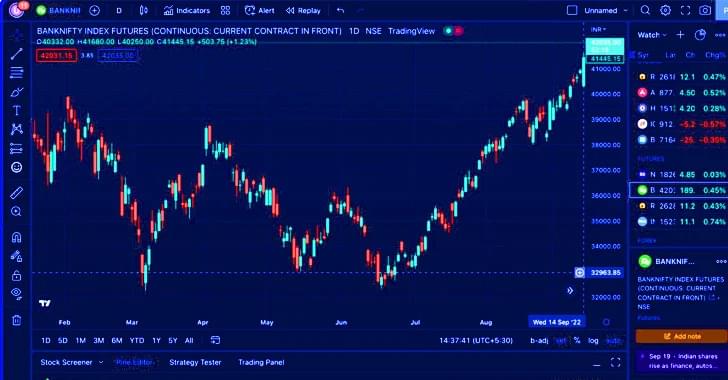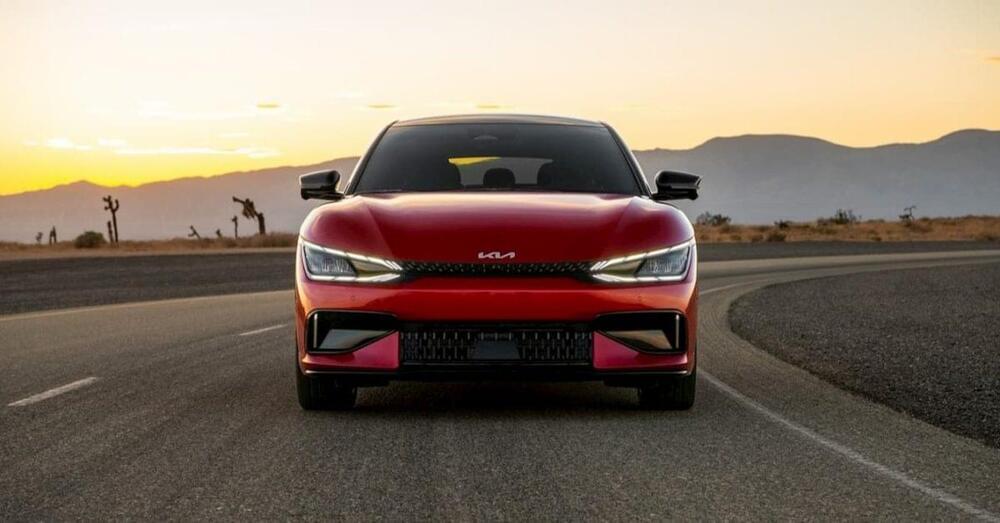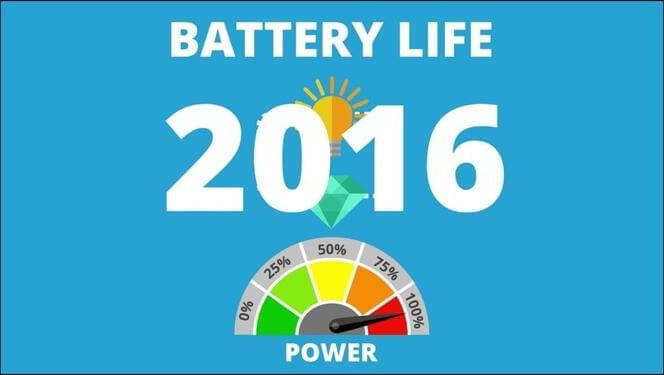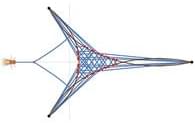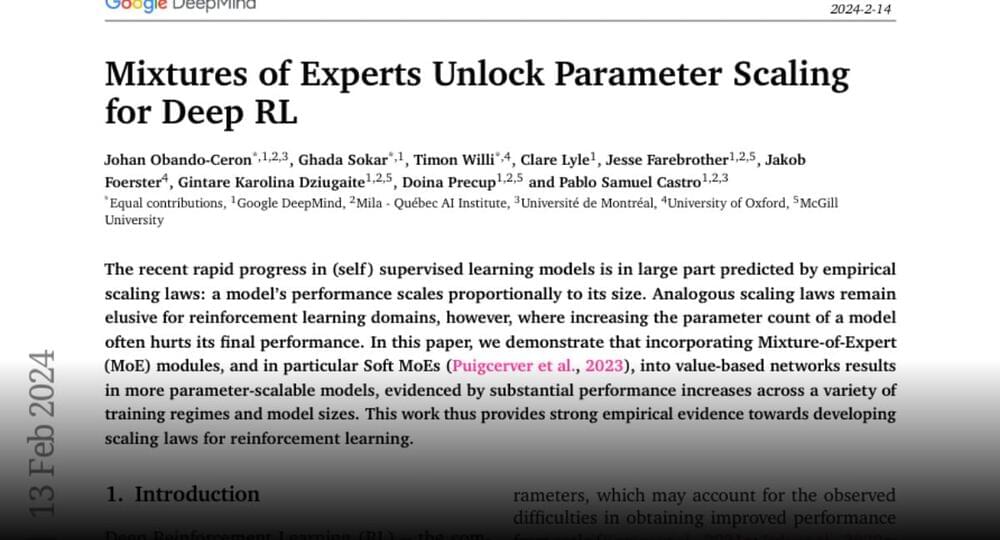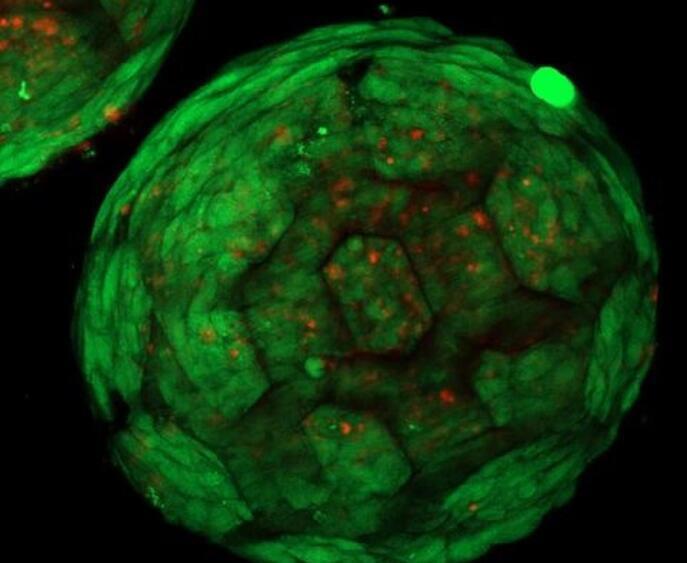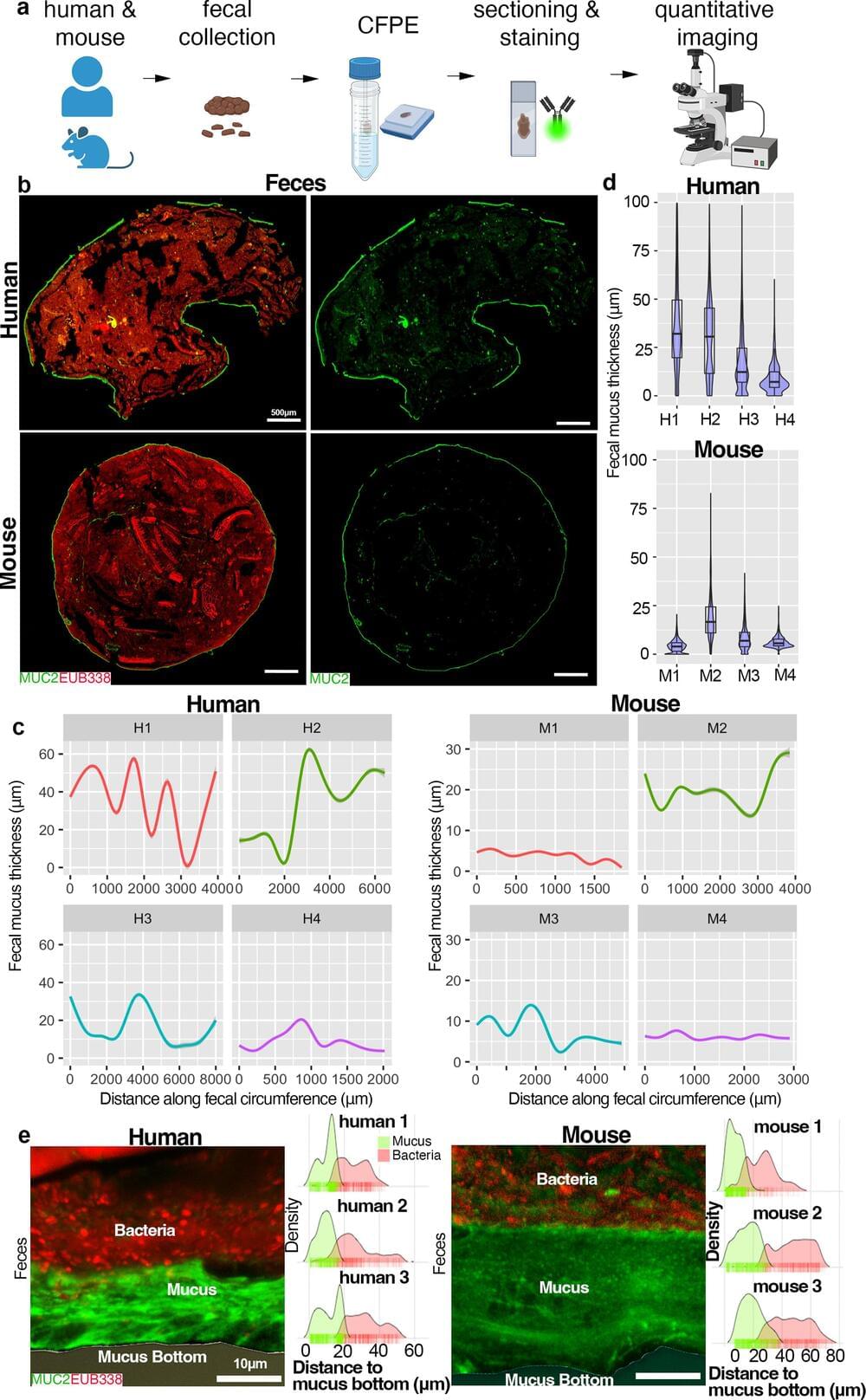This month, Google unveiled its latest attempt to dethrone ChatGPT from the position it’s held since it launched as king of the generative AI chatbots.
Bard – now renamed Gemini–was released in early 2023 following OpenAI’s groundbreaking LLM-powered chat interface.
Dive into the ultimate AI showdown between ChatGPT and Google’s Gemini to discover which platform claims the crown for superior intelligence, versatility and innovation.


